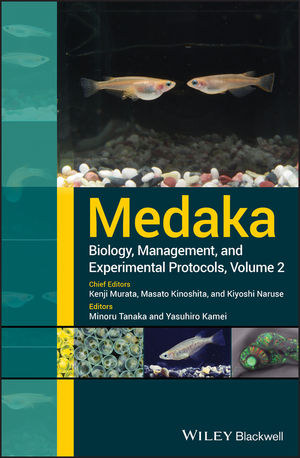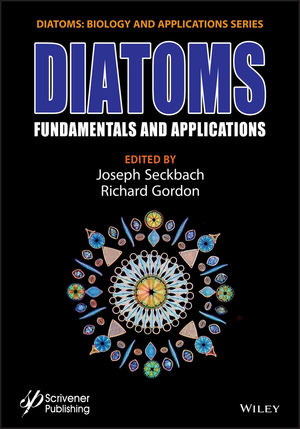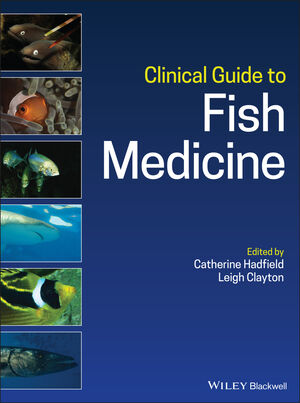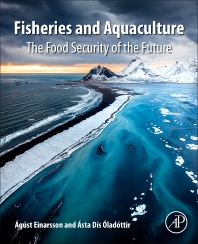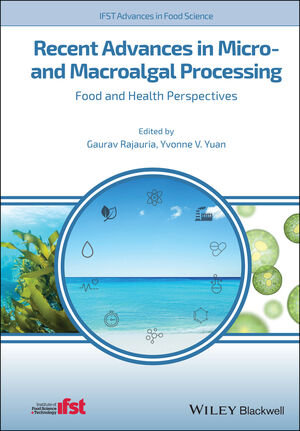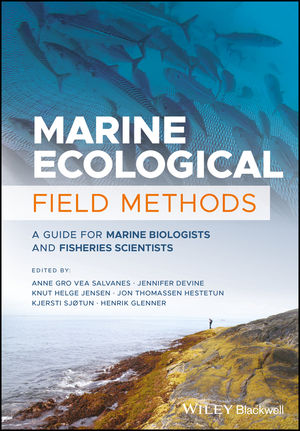
New ways of using soybeans in aquafeed
September 22, 2023
By Treena Hein
A look at who won the Soy Innovation Challenge
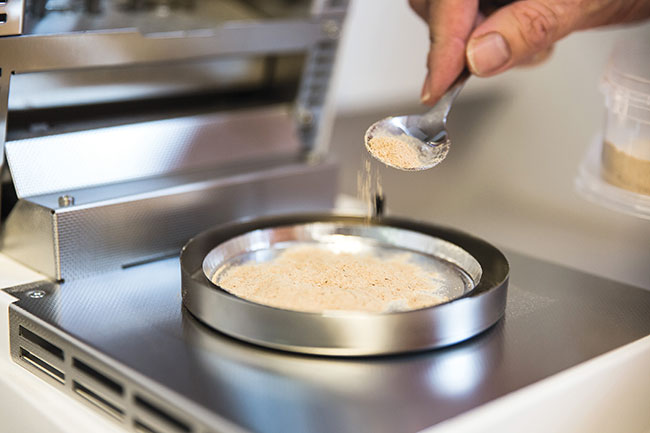 Photo: satavie
Photo: satavie Soybean is an important high-protein ingredient in some aquaculture species, especially as an alternative to fishmeal. However, anti-nutritional factors and digestibility issues have held it back from reaching its full potential.
A feed ingredient company called Satavie (based in Denmark with operations in Canada and the U.S. like its parent company, feed ingredient distributor Protekta) is now working on distribution, and eventual production in North America, of a novel concentrated soy protein product (also called Satavie) extracted from soybean meal (SBM).
The extraction method ensures high levels of digestibility, improved nutrient absorption and increased feed conversion rates ideal for monogastrics like fish, swine and poultry. Satavie President Lasse Jakobsen notes that “our patented water extraction technique leads to better health outcomes, overall growth and improved meat quality. It ultimately aids in digestion early on in animal diets to nutritionally set them up for success.”
Aquafeed tests are starting soon. “At this point, I can’t say much about the trial companies other than that they are some of the main players within and aquaculture (salmonoids, trout) and poultry,” says Jakobsen. Asked about results that can be expected with fish, he says “it can be hypothesized based on the highest digestibility levels that the feed conversion is high.”
Satavie has an agreement with the originator of the process and product, Denmark-based TripleA, to use TripleA’s extraction process in North America and sell TripleA’s product AX3 under the Satavie brand name. TripleA sells a sizable amount of AX3 per year in Denmark, Spain, the UK, Taiwan, China and others, in the broiler chick market (chicken production), fed during the first seven to ten days at around a 10 per cent inclusion, and to piglets during the first two ‘nursery’ stages (at a 10 and 8 per cent inclusion rate, respectively).
TripleA spent years commercializing the protein extraction process for soybeans and legumes that was developed and patented in over ten years ago by Dr. Keld Ejdrup Markedal, Dr. Jens C. Sørensen and Dr. Hilmer Sørensen at the University of Copenhagen, Denmark. The process involves the innovative use of water and various processing methods to flush out anti-nutritional factors in soybean, resulting in a very high-quality concentrated protein.
Prize winner
For their innovations, Satavie won the grand prize in the Soy Innovation Challenge, announced in May 2023. This US-based competition, held in partnership by United Soybean Board and The Yield Lab Institute, calls on academics and private industry entrepreneurs to present new ways to advance the use of (and therefore demand for) soybean meal (SBM) in agriculture, biofuels or other sectors. Each finalist received a cash prize, mentoring and resources to help advance their ideas. United Soybean Board is an organization focused on achieving maximum value for U.S. soybean farmers, and The Yield Lab Institute is a non-profit, agtech think tank focused on supporting startups and entrepreneur ecosystems around the world.
Satavie, selected out of almost 80 applicants from across the planet, received $100,000 USD and $5,000 USD in in-kind technical services and credits from Amazon Web Services. The money and services will be used to scale the company, verify the product in the U.S. market (similar to its use in Denmark and Canada) and start to build a U.S. customer base.
Boosting SBM digestibility
Feeding SBM to fish is a promising alternative to replace some or all of the protein coming from marine fish stocks, but digestibility is an issue. SBM contains trypsin inhibitors that resist natural and exogenous enzymes (proteases), preventing full digestion of protein. If the inhibitors can be inactivated however, more weight gain will obviously result from the same amount of feed and less nitrogen will be excreted into the environment in the form of undigested protein.
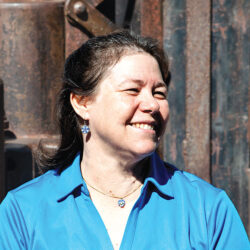
Dr. Shahar Keinan, CEO and co-founder of Polaris Quantum Biotech
Photos: Polaris Quantum Biotech
Even heat treatment of feed has little effect on inhibitors in SBM. Many other methods of inactivation have been researched, but a team based in North Carolina is taking a brand new approach. POLARISqb (short for Polaris Quantum Biotech) is using molecular structure mapping, artificial intelligence and quantum computing to rapidly find the instructions for building a suitable inactivation peptide.
This marks the first feed additive project for POLARISqb, explains Dr. Shahar Keinan, CEO & co-founder. Already since its start three years ago, POLARISqb has achieved success in 15 collaborative pharmaceutical projects, proving that its process works very well indeed. “We only started working on this [peptide to inactivate soybean trypsin inhibitors] in the spring,” added Keinan, “and we already have two preliminary designs ready for testing.”
To ‘design’ a peptide, the POLARISqb team first identifies and maps the molecular area they are targeting (in this case, an inactivation binding site on the Kunitz trypsin inhibitor), and then translates that into a mathematical construct. Their AI algorithm then takes that blueprint and does an optimized search of very large molecular libraries – at very high speed due to quantum computing. Up to 1030 combinations of amino acids and other organic chemical pieces are rapidly analyzed for the one that will produce the desired peptide. However, POLARISqb’s Principal Software Engineer Maurice Benson says the software also ensures the combination can be synthesized fairly easily and economically. The winning peptide, once synthesized, must also be heat-tolerant to withstand feed manufacture, and will need stay in a stable form until fed.
After they have the design of a peptide (in this case, two potential designs), the POLARISqb team sends that to one of peptide synthesis firms they like to work with. These types of firms have been around for years, and use robotic systems to build peptides by adding amino acids and other molecular pieces in the correct order.
Soybean hull binders
Ichthus Unlimited (IU) is an R&D-based company with locations in Iowa, California and Spain, which was also a runner-up in the 2023 Soy Innovation Challenge for its development of a pellet binder made from soybean hulls.
IU focuses on developing hatchery technology and the production of premium feeds for high-value marine fish species. Readers may recall that IU built the first U.S. tuna hatchery in 2021 near San Diego at a pilot scale.
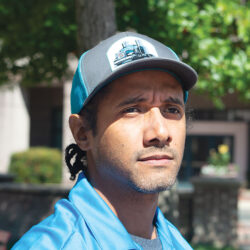
Maurice Benson, principal software engineer at POLARISqb
The road to this innovation begins with the company’s development of a tuna feed to replace bait fish, a feed which has been used very successfully in Mexico, Spain and Malta.
“Using baitfish is a big problem for the global tuna farming industry,” said IU President Alejandro Buentello. “It is wild-caught, frozen and then thawed before feeding. The fat, blood and other organic components leaking out of baitfish, combined with wave action, form a smelly, foam-like material which causes swimming tourists to complain, and Mediterranean governments temporarily shut down the tuna farms. It’s a cyclical issue that has had serious consequences for both the farms and the tourism sector. Foreign baitfish can also introduce exotic pathogens that can decimate endemic fish. We developed a soy-based tuna feed that can replace baitfish, allowing tourism and tuna farming to co-exist and is also much more sustainable and scalable. We will be bringing it to market soon.”
The IU tuna feed has a specially-developed binder blend with 15+ components, that keeps the water clear and provides the texture and mouthfeel that is loved by these fish. Buentello explains that while tuna completely reject extruded feed, their formulation and binders create a feed particle that satisfies all tuna nutritional requirements. However, that binder blend is expensive. The IU team thought about soybean hulls and started collaborating with scientists at Auburn University (AU) two years ago to see how if a binder could be developed that could perform as well commercially-available binders such as corn starches, tapioca and wheat, or synthetic binders.
“There’s an increasing amount of soybean hulls available as a byproduct of the increased use of soybeans to make biofuel,” said Buentello. “We were already using soy proteins in our feed, but the hulls are only fed to dairy cattle because monogastrics can’t digest them. So, we looked at the composition of the hulls, and how we might find ways to transform them. In collaboration with AU, preliminary testing has been conducted with warm-water species such as Pacific whiteleg shrimp and the results are quite promising. Further performance and functionality has to be demonstrated in terms of expansion during heat extrusion, and ensuring we can achieve the proper density of the pellet so that it sinks or floats depending on the farmed species.”
As of mid-2023, IU was raising money for this work, in addition to raising funding to commercialize their soy-based tuna feed. IU is also collaborating with POLARISqb to develop a biotechnological application to resolve sea lice problems in salmon aquaculture.
Advertisement
- Atlantic salmon habitat restoration projects receive $1.2 million funding
- U.S. Government pledges $200 million to restore salmon in Upper Columbia River Basin
